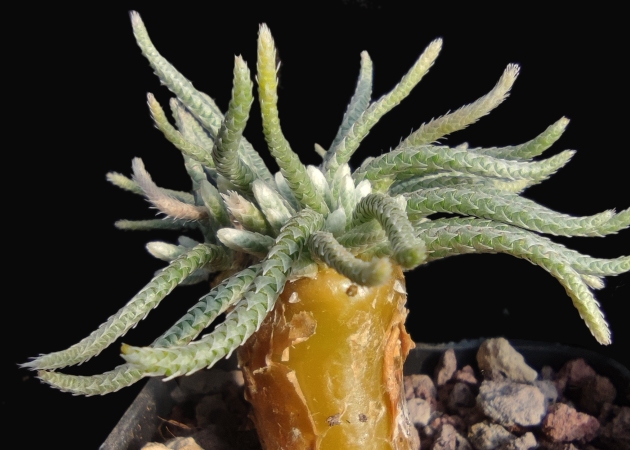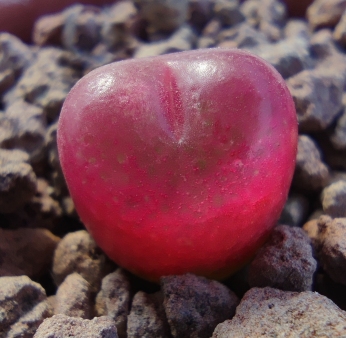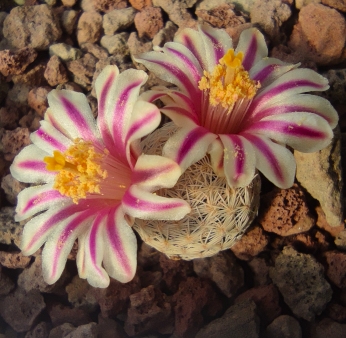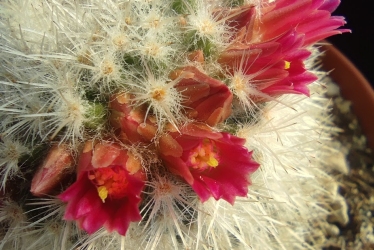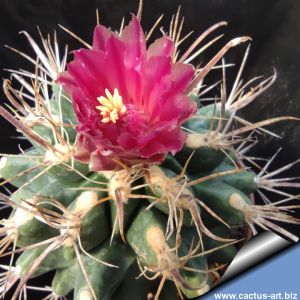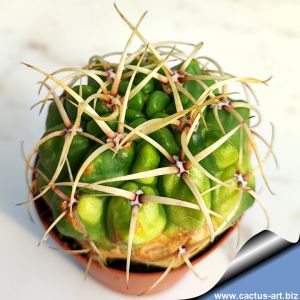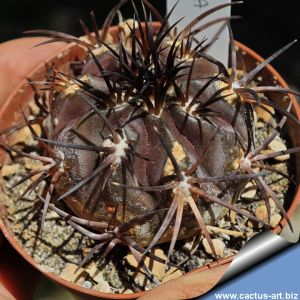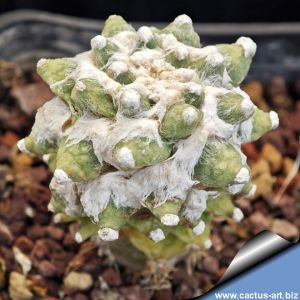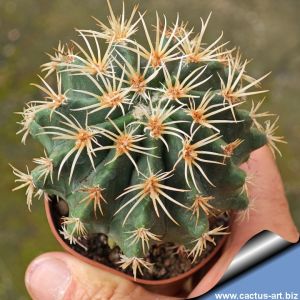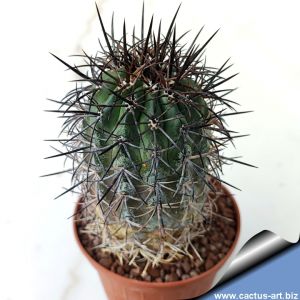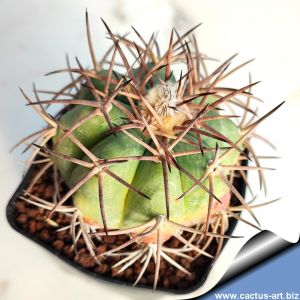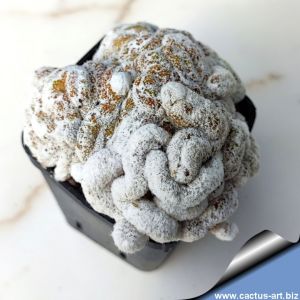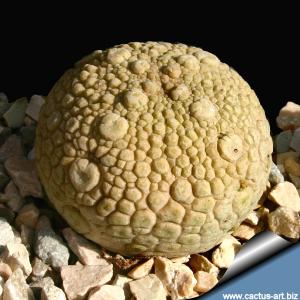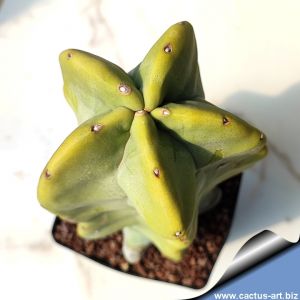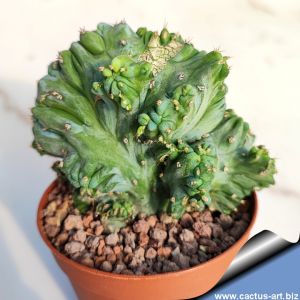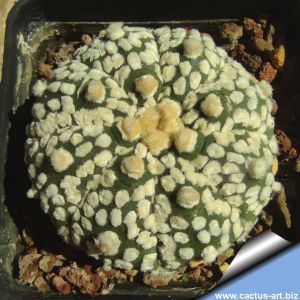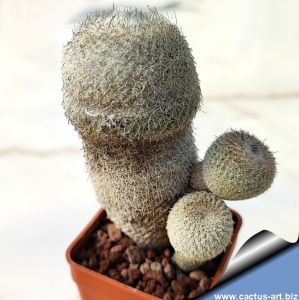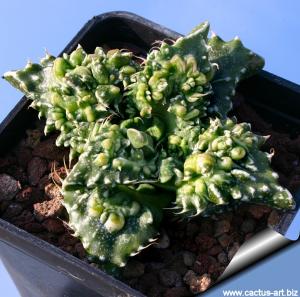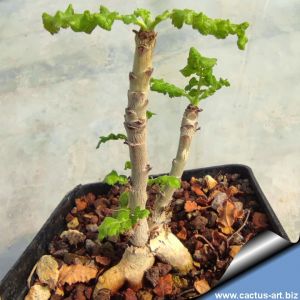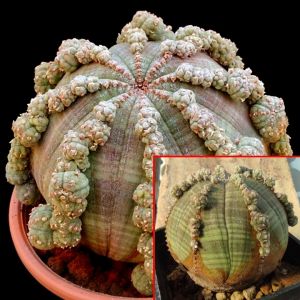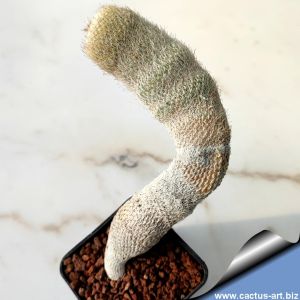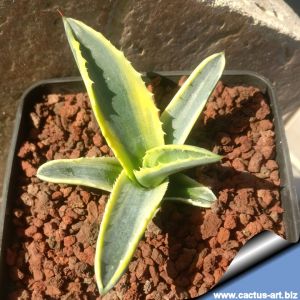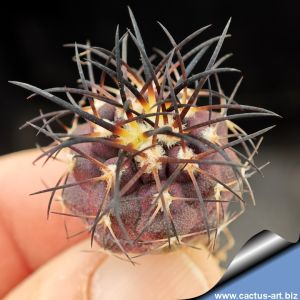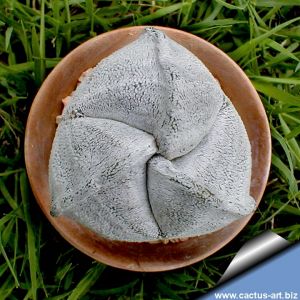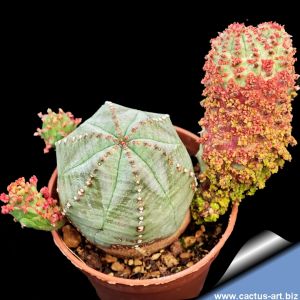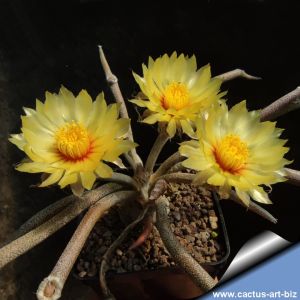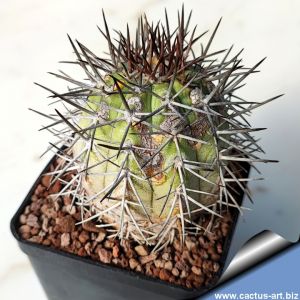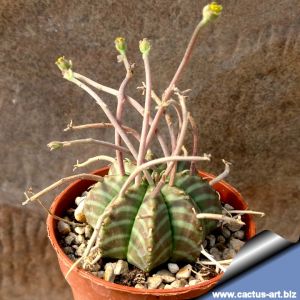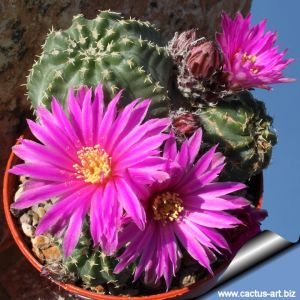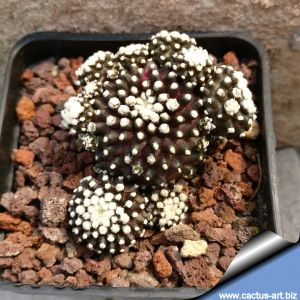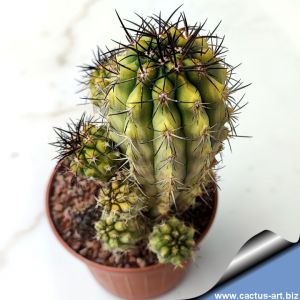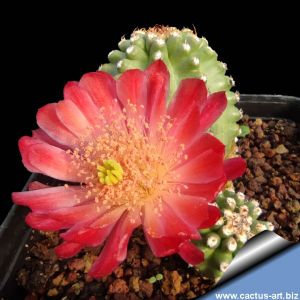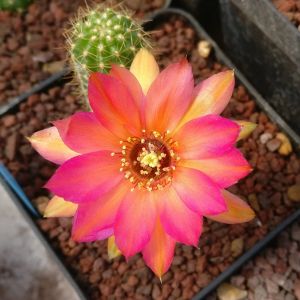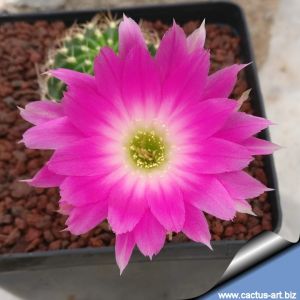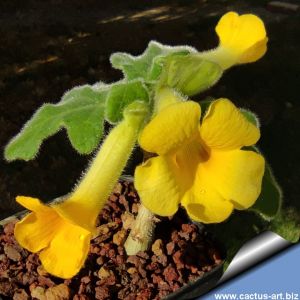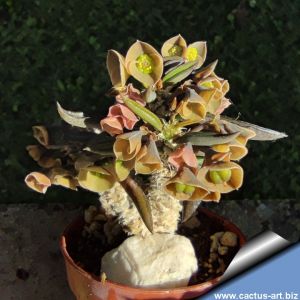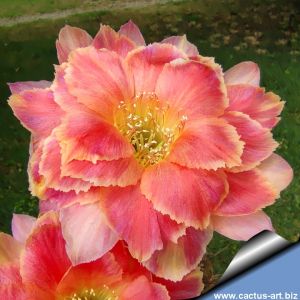-
x
Home page catalogo.
-
1Prezzo:27,50 €
-
2Prezzo:15,99 €
-
3Prezzo:75,00 €
-
4Prezzo:55,00 €
-
5Prezzo:100,00 €
-
6Prezzo:75,00 €
-
7Prezzo:40,00 €
-
8Prezzo:24,00 €
-
9Prezzo:16,50 €
-
10Prezzo:55,00 €
-
11Prezzo:12,00 €
-
12Prezzo:22,50 €
-
13Prezzo:26,99 €
-
14Prezzo:14,00 €
-
15Prezzo:9,90 €
-
16Prezzo:29,00 €
-
17Prezzo:80,00 €
-
18Prezzo:45,00 €
-
19Prezzo:48,99 €
-
20Prezzo:19,90 €
-
21Prezzo:25,00 €
-
22Prezzo:27,50 €
-
23Prezzo:50,00 €
-
24Prezzo:12,00 €
-
25Prezzo:22,50 €
-
26Prezzo:55,00 €
-
27Prezzo:13,50 €
-
28Prezzo:9,90 €
-
29Prezzo:18,00 €
-
30Prezzo:100,00 €
-
31Prezzo:18,90 €
-
32Prezzo:5,50 €
-
33Listino:8,50 €Prezzo:7,48 €Risparmi:1,02 € (12%)
-
34Prezzo:18,00 €
-
35Prezzo:22,50 €
-
36Prezzo:18,00 €
Promozioni
-
da lunedì 7 luglio 2025 a domenica 13 luglio 2025Sconto Lampo. questa settimana, 12% di sconto su una vasta selezione di cactus
-
da lunedì 7 luglio 2025 a domenica 13 luglio 2025OFFERTA SPECIALE: Sconto del 15% su tutti i Lithops! Approfitta di questa occasione unica! Solo per questa settimana, tutti i nostri Lithops (le affascinanti "Pietre Viventi") sono disponibili con uno sconto speciale del 15%. Affrettati, l'offerta scade Domenica!
-
da martedì 1 luglio 2025 a giovedì 31 luglio 2025OFFERTA SPECIALE DI PRIMVERA! 15% di sconto su vasi ed etichette progettati per cactus e piante grasse. Con l'arrivo della bella stagione, è il momento ideale per rinvasare e prepararsi alle nuove aggiunte. Affrettati, l'offerta scade a fine aprile!
Vendita di cactus e piante succulente per corrispondenza.
La cactus art art è una piccola azienda a conduzione familiare che produce e vende esclusivamente per corrispondenza. Al momento le piante che possiamo fornire sono esclusivamente quelle indicate nel presente catalogo on-line.
SPEDIZIONE: Il tempo di transito è stimato in 24-48 ore per il centro-nord e 48-72 per il centro-sud. A discrezione del vivaio, in base alla tipologia di prodotto acquistato e alla stagione, potrà essere deciso di non spedire a ridosso del weekend evitando soste della merce nei magazzini logistici. Ad esempio si potrà non spedire il giovedì un ordine destinato alla Sicilia, rimandando la spedizione al successivo lunedì (consegna mercoledì).
IMBALLAGGIO: Tutte le piante sono spedite a RADICE NUDA. Uno dei punti di forza del vivaio è la cura con cui le piante sono imballate, con tecniche specifiche, studiate appositamente per questo tipo di prodotto.
Spedizione internazionele. Le piante possono essere ordinate da qualunque nazione, ma al amomento noi gatrantiamo una consegna sicura solo verso le nazioni UE (European Union countries).
E' possiblie inviare piante anche fuori dall'unione europea, ma non possiamo fornire i certificati fitosanitario e CITES.
It is possible to ship outside Europe Union but we CANNOT PROVIDE PHYTOSANITARY, CITES NOR OTHER DOCUMENTS.


